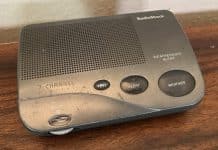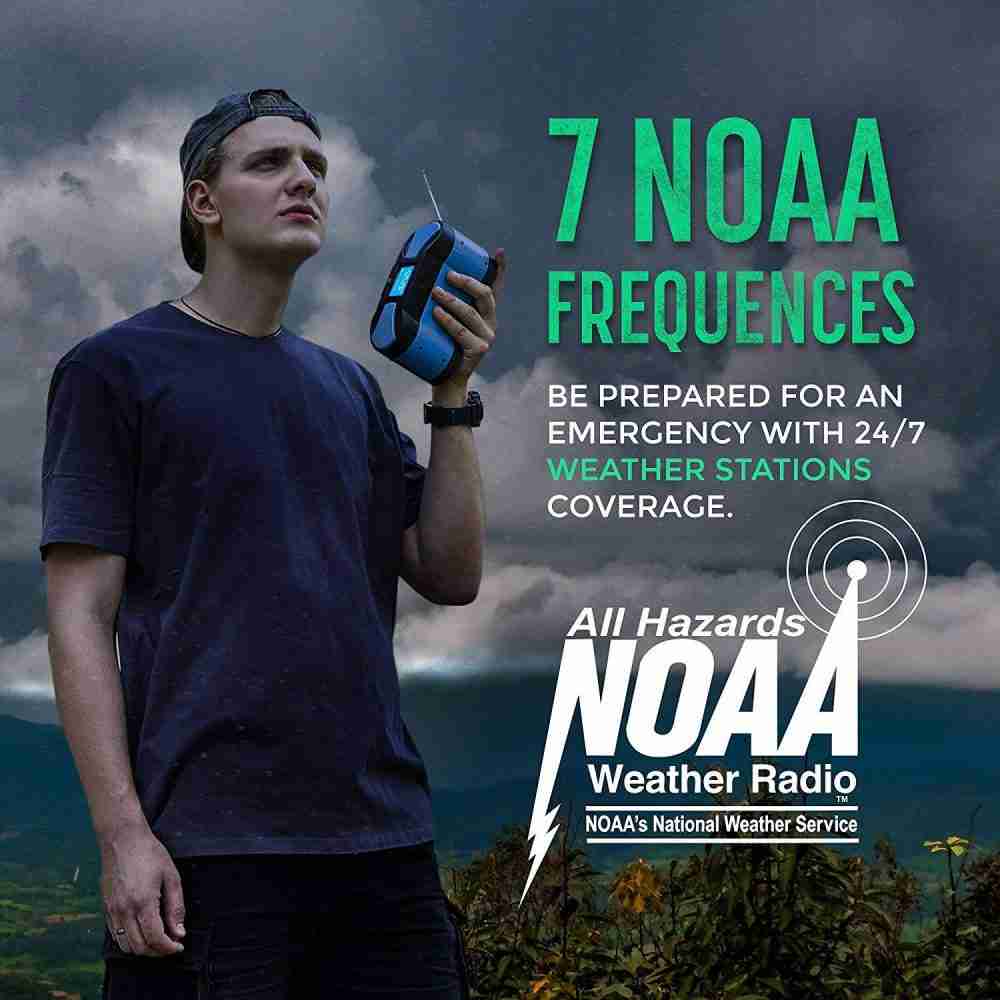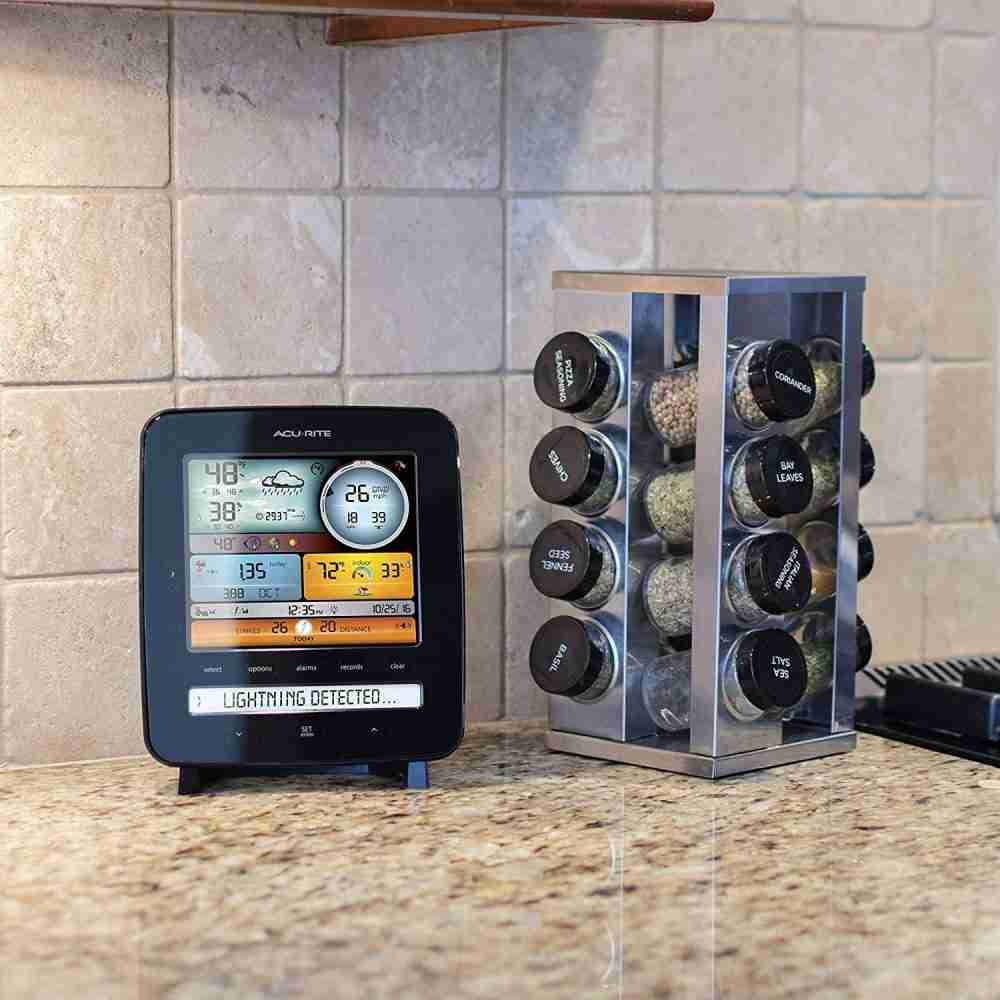Thinking about upgrading your home weather station? I am wondering if you can add more sensors later on. Well, we’ve got the answer you’ve been looking for. In this article, we’ll explore the possibility of expanding your weather station by adding extra sensors later.
Whether you want to measure wind speed, humidity, or even solar radiation, we’ll explain how you can easily enhance your weather-tracking capabilities without starting from scratch. So, if you’re craving more weather data or want to take your weather station to the next level, keep reading and discover how to customize your setup to suit your needs.
Can I Add Additional Sensors To My Home Weather Station Later?
Types of Sensors for Home Weather Stations
When it comes to home weather stations, there are several types of sensors that you can add to enhance the functionality and accuracy of your weather data. Some of the standard sensors include temperature sensors, humidity sensors, wind speed and direction sensors, rain gauges, barometric pressure sensors, and UV sensors. Each of these sensors focuses on a specific aspect of weather monitoring, providing a comprehensive understanding of the environmental conditions around your home.
Compatibility of Additional Sensors
Before adding additional sensors to your home weather station, it is essential to check the compatibility of the sensors with your existing weather station model.
Different weather station brands and models support different types of sensors. Therefore, it is crucial to consult the user manual or contact the manufacturer to ensure the sensors you wish to add are compatible with your weather station.
Installation Process of Additional Sensors
The installation process of additional sensors for your home weather station varies depending on the type of sensor you intend to add. However, most sensors are designed to be easily installed by the user without professional assistance.
Typically, the process involves mounting the sensor in an appropriate location, connecting it to the weather station console or receiver, and following the manufacturer’s instructions for synchronization and calibration. Ensure that you carefully read and understand the manufacturer’s installation steps to ensure a successful setup.
Calibration and Synchronization
Calibration and synchronization are essential in adding additional sensors to your home weather station. Calibration involves adjusting the sensor to ensure accurate measurements, while synchronization ensures the sensor communicates appropriately with the weather station console or receiver. These steps are typically outlined in the user manual provided by the manufacturer. It is crucial to follow the instructions carefully to ensure accurate and reliable data readings.
The Importance of Upgradable Weather Stations
Opting for an upgraded weather station is an intelligent choice for those who anticipate the desire to add additional sensors in the future. Upgradable weather stations are designed to accommodate various types of sensors, allowing you to expand the capabilities of your weather station as your needs evolve. Investing in an upgraded weather station ensures that you won’t need to replace your entire weather station setup when you add new sensors, saving you both time and money.
Budget Considerations
When considering adding additional sensors to your home weather station, it is essential to consider your budget. The cost of sensors can vary depending on the type and brand. Some sensors may be more expensive due to their advanced features or technology. It’s essential to assess your needs, prioritize the most relevant sensors, and budget accordingly. Remember, adding sensors gradually over time allows you to spread out the expenses and makes it easier to manage financially.
Benefits of Adding Additional Sensors
Adding additional sensors to your home weather station can significantly enhance your understanding of the weather conditions around your home. Collecting data from various sensors allows you to analyze trends, make more informed decisions, and better prepare for weather events. For example, a rain gauge will provide valuable information for gardening and irrigation purposes. At the same time, a UV sensor will help you monitor the strength of the sun’s rays and take appropriate measures to protect your skin. Furthermore, having a more comprehensive array of sensors will provide a more accurate and detailed picture of the weather conditions, allowing you to plan outdoor activities more effectively.
Potential Drawbacks of Adding Sensors Later
While adding sensors to your home weather station can have numerous benefits, it is also vital to consider potential drawbacks. One potential drawback is the limited capacity of some weather station consoles or receivers to handle multiple sensors. Depending on the specifications of your weather station, you may need to prioritize specific sensors or invest in a more advanced console or receiver to accommodate all the sensors you desire. Additionally, the more sensors you have, the more maintenance and calibration they may require, which can be time-consuming and cumbersome.
Popular Additional Sensors for Home Weather Stations
There are several popular additional sensors available in the market that can improve the capabilities of your home weather station. Some of these sensors include:
- Solar radiation sensors measure the amount of solar energy received, providing valuable insight into the solar heat and radiation levels around your home.
- Soil moisture sensors: Ideal for gardeners and farmers, these sensors measure the moisture content in the soil, helping you determine the optimal watering schedule and prevent over or under-watering.
- Lightning detectors: These sensors can detect the presence and distance of lightning strikes, allowing you to take appropriate safety precautions during thunderstorms.
- Indoor air quality sensors: These sensors monitor indoor air pollutants such as temperature, humidity, and carbon dioxide levels, enabling you to maintain a healthy indoor environment.
Tips for Adding Additional Sensors to Home Weather Stations
- Check the compatibility of the sensors with your existing weather station model before purchasing.
- Follow the installation instructions provided by the manufacturer carefully.
- Calibrate and synchronize the new sensors according to the manufacturer’s guidelines.
- Consider an upgradable weather station to ensure future compatibility with additional sensors.
- Prioritize and budget for the sensors based on your needs and preferences.
- Regularly maintain and calibrate the sensors to ensure accurate readings.
- Keep track of any firmware updates for your weather station to ensure optimal performance with the added sensors.
In conclusion, adding additional sensors to your home weather station later is certainly possible and can significantly enhance the capabilities of your weather monitoring system.
By selecting compatible sensors, following the installation and calibration process, and considering the benefits and drawbacks, you can expand your weather station’s functionality and gain valuable insights into the environmental conditions around your home.
Remember to consider your budget and prioritize the most relevant sensors to your needs. With the right approach, you can create a comprehensive home weather monitoring system that provides accurate and valuable data for years.






































